More than 2,000 years ago, even though there were no space satellites, a Greek knew that the Earth was round and calculated its circumference.
- Tram Ho
In the mid-20th century, we began to launch satellites into space to help determine the exact circumference of the Earth: 40,030 km. But more than 2,000 years ago, a man in ancient Greece found a near-identical number with just a stick and his brain.
The Greeks 2000 years ago knew how the Earth was spherical
That man was Eratosthenes. A Greek mathematician and head of the library in Alexandria. He was also the one who invented the sieve bearing his name – the sieve of Eratosthenes – to filter out prime numbers less than 100.
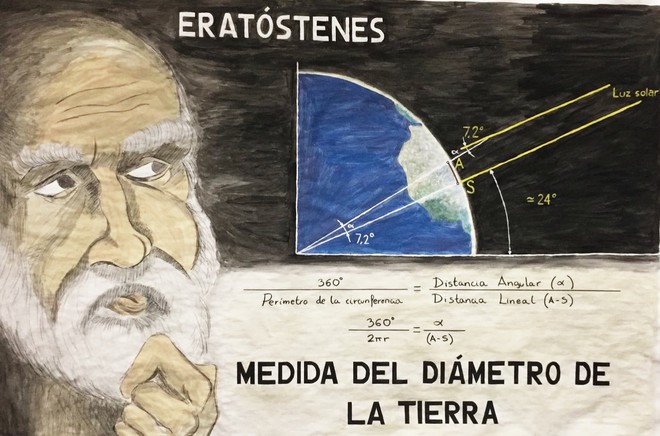
Eratosthenes (276 BC – 194 BC)
Eratosthenes had heard that in Syene (now Aswan, Egypt), a city south of Alexandria, no shadow fell at noon on the summer solstice and the sun shone directly overhead. He wondered if this was true in Alexandria.
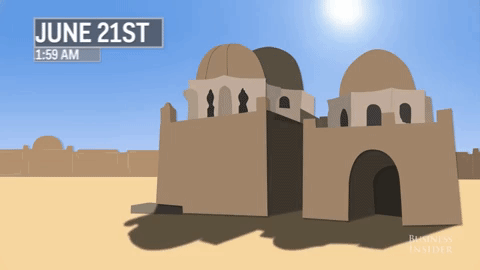
To experiment, on June 21, he stuck a stick straight into the ground and waited to see if a shadow from the stick appeared at noon. Turns out it did, and he measured the shadow making an angle of about 7.2 degrees.
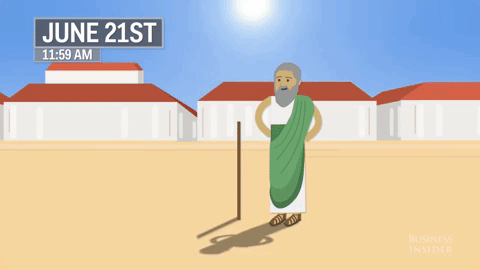
If the sun’s rays hit at the same angle at the same time of day and a stick in Alexandria casts a shadow while a stick in Syene does not, it means that the Earth’s surface is curved. And Eratosthenes probably knew it.
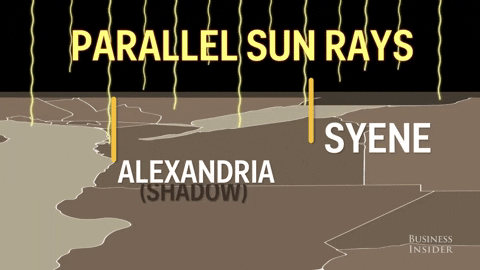
The idea that the Earth is spherical was proposed by Pythagoras around 500 BC and validated by Aristotle several centuries later. If the Earth was indeed a sphere, Eratosthenes could use his observations to estimate the circumference of the entire planet.
Since the difference in shadow length in Alexandria and Syene is 7.2 degrees, that means the two cities are 7.2 degrees apart on Earth’s 360-degree surface. Eratosthenes hired a man to measure the distance between the two cities and found that they were 5,000 stadia, or about 800 km apart.
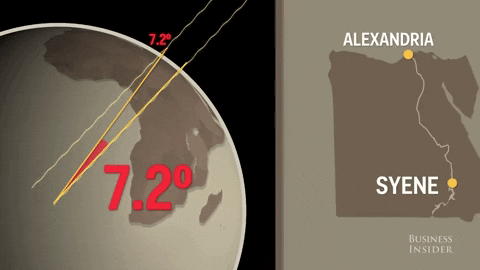
He could then use simple ratios to find the circumference of the Earth – 7.2 degrees is 1/50th of 360 degrees, so 800 times 50 equals 40,000 km.

If you google “earth circumference” you will see this number is 40,075 km. That’s because the Earth is slightly offset, so its circumference from the North Pole to the South Pole is 40,008 km and the circumference around the equator is 40,075 km. If it were a perfect sphere, its circumference would be 40,030 km.
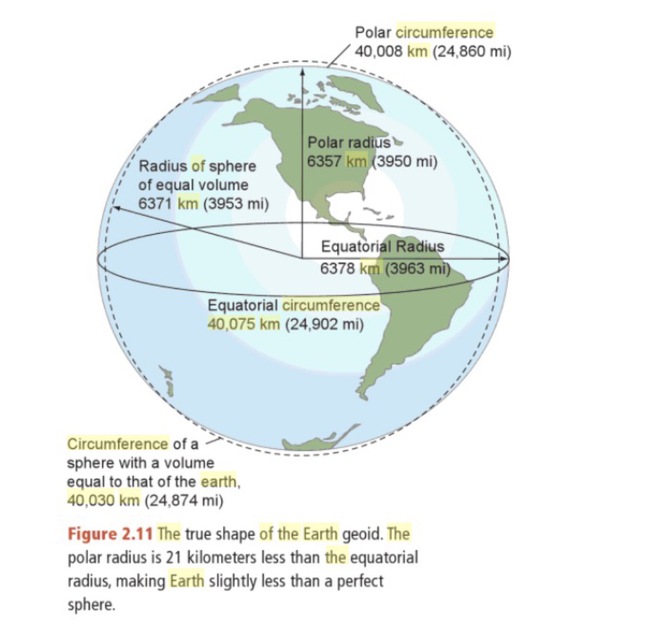
And just like that, a Greek 2200 years ago figured out the circumference of our entire planet with just a stick and his brain, even if it’s just a little off.
Reference: BusinessInsider
Nguồn bài viết : Genk
